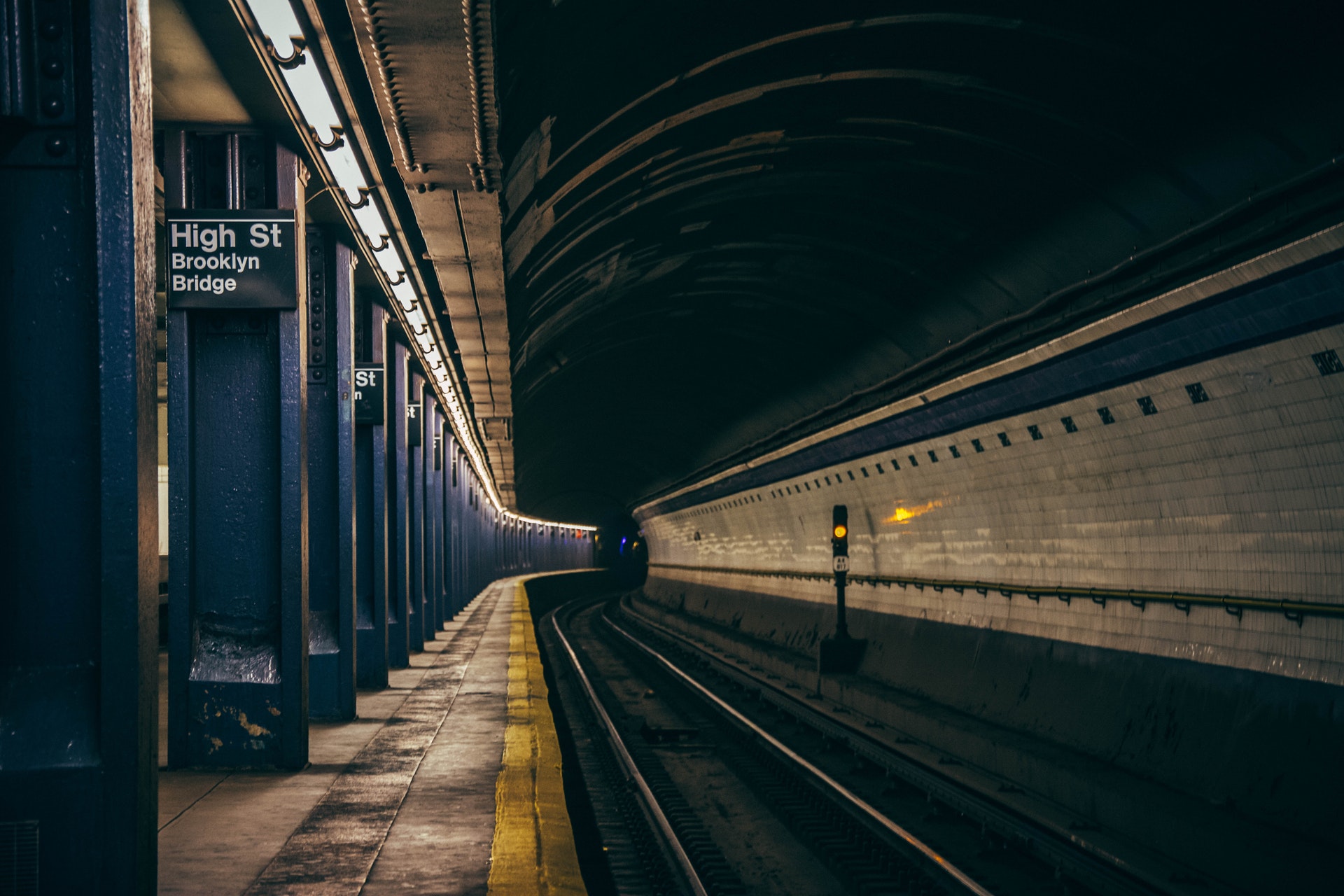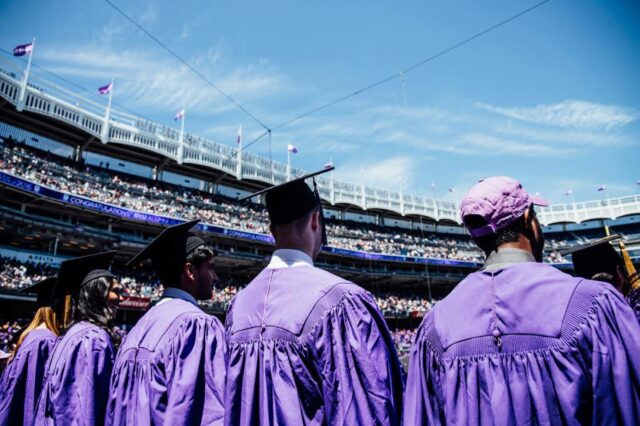By Nick Merckling
For nearly my entire life, I’ve used New York City public transportation to get around. Whether I needed to commute to school, to work, or to a leisure activity, the network of subway and buses got me there – if slightly late and more than slightly harried. That is, if I was traveling into Manhattan. As any outer borough resident will tell you, NYC’s transportation system does a good job of getting you into and out of “The City,†but leaves much to be desired if you’re looking to travel anywhere else. With continuing demographic and economic changes in New York, these difficulties will prove increasingly problematic unless action is taken to better link the outer boroughs to both each other and the rest of the City.
When considering the subways, it’s pretty easy to see just how Manhattan-centric our transit system is. Look at a map of the subway, and you’ll see that, with the exception of the lowly G train – more on that later – every line passes through at least a part of Manhattan Island. What may be even more striking, though, is what is not there: whole swaths of outer Brooklyn, Queens, and the Bronx are miles removed from a subway stop. This often means that residents of these areas must first get on an often crowded, more than often slow, bus to the nearest station before continuing on their journey.
Access is only part of the problem. Service on these trains and bus lines run from splotchy to downright awful. This can be seen with some of the general downturn in performance of the MTA in recent years: how many times have you heard that signal trouble was delaying your arrival into a station? And capacity-wise, passengers are shunted into tighter spaces: the G train, for example, runs with fewer cars on each train than other subway lines.
The solution: more options in the outer boroughs! The MTA and other members of the transit community have come up with solutions that may help to address the problem: Select Bus Service (SBS), for example, has been shown to decrease travel times and increase reliability along key transportation routes. The fact that implementing SBS is much less expensive than building another train line, for example, makes this option especially attractive. In fact, the Mayor’s Office recently announced that plans to increase the prevalence of SBS service is underway, with 21 additional routes planned over the next decade. A more aggressive timeline, however, may be the best solution to linking the outer boroughs to each other in a way similar to a new subway line, without the time and money commitments that a subway would mean.
Upping the ante, another proposal seeks to create a more permanent link between Brooklyn and Queens. The Brooklyn-Queens Connector (or BQX) is a de Blasio Administration-supported project  to better link the communities on the east side of the East River. Taking a streetcar format, it would run from Astoria down into Red Hook/Sunset Park, providing a sorely needed transit option for an area of the city that has increased in both population and job opportunities by leaps and bounds over the past decade. It would also open up new areas of the city via connections to the rest of the city. With an area such as Red Hook being considered a “mass transit desert,†getting into and out of the neighborhood would be that much easier. With investigations still underway, arriving at a solution similar to the BQX – and integrating it with the subways, buses, and ferries that it will link to – would start to increase the quantity and quality of transportation options that aren’t going into Manhattan.
Now, the million dollar question: how to pay for this? As my colleague Tyler recently wrote, proposals for congestion pricing in Manhattan, while not definitively solving issues of expansion, could be the start of the MTA reaching base levels of funding that will permit it to consider the expansion of our city’s mass transit system. Along with additional funding from the State (where possible), fare increases (unpalatable, but if necessary) could help to increase the MTA’s funding pool. When this time does come, making sure that some of these funds go towards linking the outer boroughs should be high on that list.




